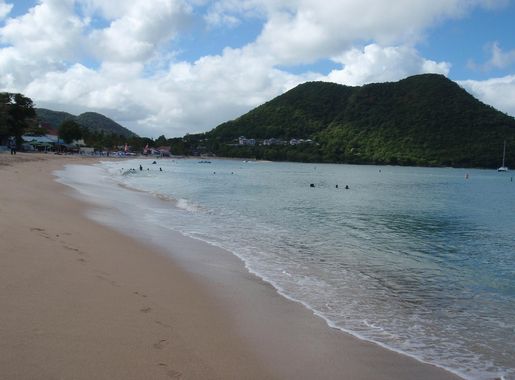
Gros Islet: The Heartbeat of Saint Lucia
Gros Islet in Saint Lucia: A vibrant blend of cultural events, scenic beauty, and adventure activities, offering an unforgettable Caribbean experience.
Gros Islet is a vibrant town located in the northern part of Saint Lucia. Known for its lively atmosphere and stunning natural beauty, Gros Islet offers a blend of cultural richness and scenic landscapes that captivate every visitor. The town is famous for its weekly street party, the Friday Night Jump-Up, where locals and tourists gather to dance, eat, and enjoy the island's music and hospitality. The nearby Rodney Bay is a hub for water sports and beach activities, making it a perfect spot for adventure seekers. The marina at Rodney Bay is also a gateway to the Caribbean Sea, offering sailing and boat tours that showcase the island's coastline. For those interested in history, the Pigeon Island National Park provides a glimpse into Saint Lucia's past with its historical ruins and breathtaking views. Gros Islet is not just about fun and adventure; it also boasts a variety of dining options that cater to all tastes. From local Creole dishes to international cuisine, the food scene is diverse and delicious. The town's markets and shops offer unique souvenirs and local crafts, providing a perfect end to a day of exploration. Whether you're looking to relax on the beach, immerse yourself in local culture, or embark on an adventure, Gros Islet has something for everyone.
Local tips in Gros Islet
- Attend the Friday Night Jump-Up for an authentic local experience and to enjoy the local cuisine.
- Visit Rodney Bay for water sports, beach activities, and a variety of dining options.
- Explore Pigeon Island National Park for a mix of history, hiking, and stunning views.
- Try the local Creole dishes for a true taste of Saint Lucian cuisine.
- Shop at local markets for unique souvenirs and crafts.
Gros Islet: The Heartbeat of Saint Lucia
Gros Islet is a vibrant town located in the northern part of Saint Lucia. Known for its lively atmosphere and stunning natural beauty, Gros Islet offers a blend of cultural richness and scenic landscapes that captivate every visitor. The town is famous for its weekly street party, the Friday Night Jump-Up, where locals and tourists gather to dance, eat, and enjoy the island's music and hospitality. The nearby Rodney Bay is a hub for water sports and beach activities, making it a perfect spot for adventure seekers. The marina at Rodney Bay is also a gateway to the Caribbean Sea, offering sailing and boat tours that showcase the island's coastline. For those interested in history, the Pigeon Island National Park provides a glimpse into Saint Lucia's past with its historical ruins and breathtaking views. Gros Islet is not just about fun and adventure; it also boasts a variety of dining options that cater to all tastes. From local Creole dishes to international cuisine, the food scene is diverse and delicious. The town's markets and shops offer unique souvenirs and local crafts, providing a perfect end to a day of exploration. Whether you're looking to relax on the beach, immerse yourself in local culture, or embark on an adventure, Gros Islet has something for everyone.
When is the best time to go to Gros Islet?
Iconic landmarks you can’t miss
Sandals Grande St. Lucian
Experience the ultimate romantic getaway at Sandals Grande St. Lucian, where luxury meets the breathtaking beauty of St. Lucia's shores.

Royalton Saint Lucia, An Autograph Collection All-Inclusive Resort
Experience luxury and relaxation at Royalton Saint Lucia, an all-inclusive resort offering stunning views, gourmet dining, and endless activities in the Caribbean.

Spinnakers Beach Bar And Carvery
Experience the vibrant flavors and stunning views at Spinnakers Beach Bar and Carvery, a culinary gem in Gros Islet, St. Lucia.
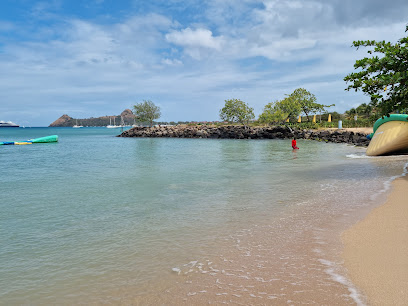
Morne Coubaril Historical Adventure Park
Experience St. Lucia's history and adventure at Morne Coubaril Historical Adventure Park, where culture meets excitement in a stunning natural setting.
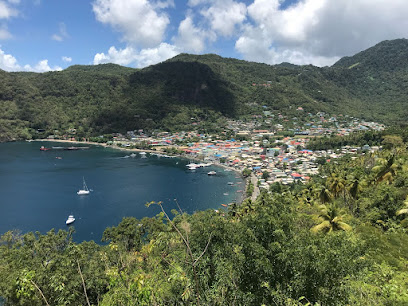
The Minor Basilica of the Immaculate Conception (Cathedral)
Discover the architectural beauty and spiritual serenity of the Minor Basilica of the Immaculate Conception in Castries, St. Lucia.
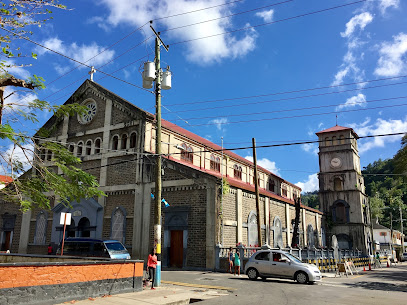
Calabash Cove Resort & Spa
Experience luxurious relaxation at Calabash Cove Resort & Spa, St. Lucia's premier destination for rejuvenation, adventure, and stunning ocean views.

Fort Rodney
Discover the rich history and stunning vistas at Fort Rodney, a historic fortification on Pigeon Island, St. Lucia, perfect for history lovers and nature enthusiasts.
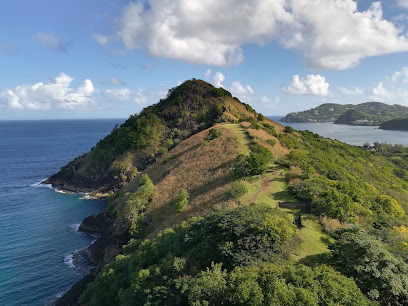
Anse Mamin Beach
Discover the serene beauty of Anse Mamin Beach in St. Lucia, where golden sands meet azure waters for a perfect tropical getaway.

Pigeon Island
Discover the stunning beauty and rich history of Pigeon Island, St. Lucia's tropical paradise with breathtaking views and serene beaches.
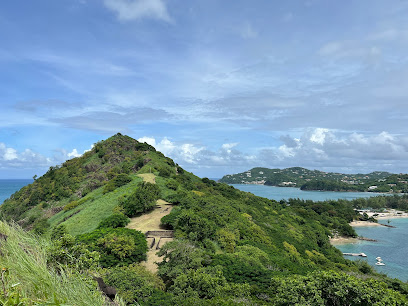
St Joseph the Worker Catholic Church
Explore the serene beauty of St. Joseph the Worker Catholic Church in Gros Islet, a spiritual haven offering cultural insights and stunning architecture.
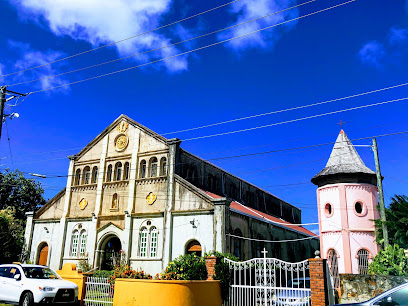
Moule-à-Chique
Discover the breathtaking views and serene atmosphere of Moule-à-Chique, a must-visit scenic spot in St. Lucia that enchants every traveler.
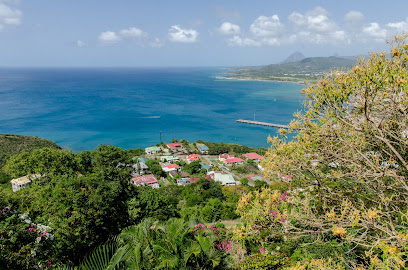
Friday Night Street Party
Join the lively Friday Night Street Party in Gros Islet for an unforgettable celebration of St. Lucian culture, music, and delicious local cuisine.

Lucian Style Experiences
Explore the vibrant culture and breathtaking landscapes of St. Lucia with Lucian Style Experiences – your gateway to unforgettable adventures.
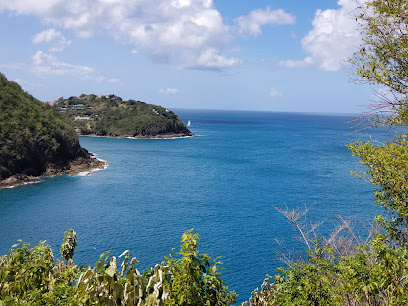
Unrulytoastquotesglobal/Tour Guide
Explore the vibrant culture, stunning beaches, and delicious cuisine of Gros Islet, a captivating destination in St. Lucia.
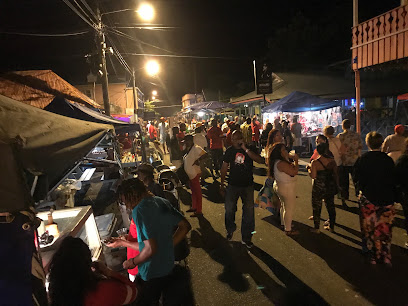
Mamiku Gardens
Explore the serene beauty of Mamiku Gardens, a botanical wonderland in St. Lucia filled with vibrant tropical flora and tranquil pathways.
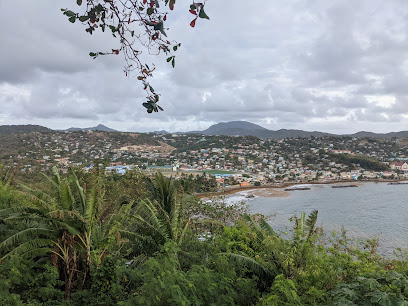
Unmissable attractions to see
Plage des Salines
Discover the serene beauty of Plage des Salines, a stunning beach in Martinique known for its soft sands and vibrant waters, perfect for relaxation and adventure.
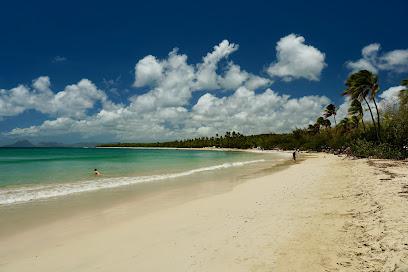
Mémorial Cap 110 – Mémorial de l’Anse Caffard
Explore the poignant Mémorial Cap 110 in Le Diamant, Martinique – a powerful tribute to the resilience of enslaved Africans amidst breathtaking Caribbean views.
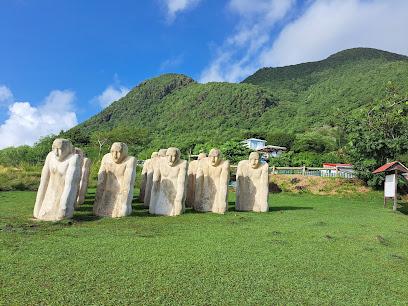
Rodney Bay Marina
Experience the charm of Rodney Bay Marina, St. Lucia - a perfect blend of adventure, relaxation, and stunning Caribbean views.
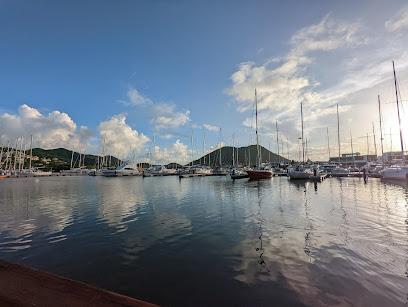
Daren Sammy Cricket Ground.
Discover the excitement of cricket in St. Lucia at the Daren Sammy Cricket Ground, a vibrant hub for sports enthusiasts and tourists alike.
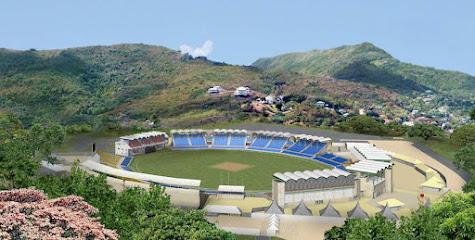
Savanna of Petrifications
Discover the captivating beauty of the Savanna of Petrifications, a unique wildlife park in Sainte-Anne, Martinique, blending stunning landscapes with rich biodiversity.
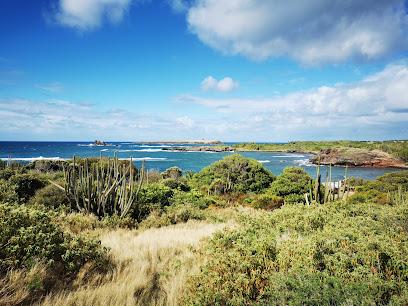
Saint Lucia National Trust
Experience the rich heritage and stunning landscapes of St. Lucia, a Caribbean paradise perfect for exploration and relaxation.
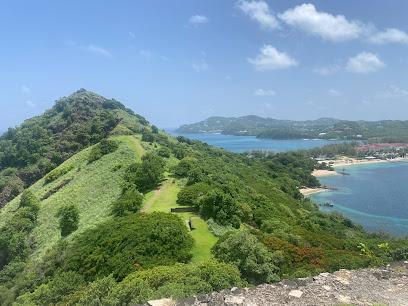
Tet Paul Nature Trail
Explore the enchanting Tet Paul Nature Trail in St. Lucia, featuring stunning views, lush landscapes, and a unique glimpse into the island's ecology.
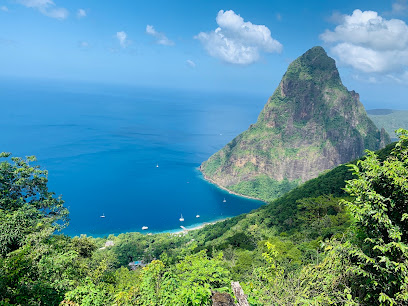
Point de Vue Rocher du Diamant
Discover stunning vistas of Martinique's coastline and the iconic Diamond Rock at Point de Vue Rocher du Diamant, a top observation deck for breathtaking views.
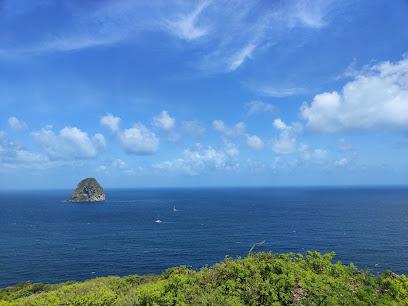
Grande Anse d'Arlet
Explore the stunning Grande Anse d'Arlet in Martinique for sun-soaked beaches, crystal-clear waters, and a taste of local culture.
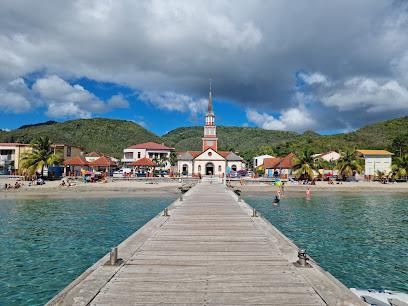
Ultra Lounge
Discover the vibrant nightlife of Rodney Bay at Ultra Lounge, a perfect blend of delicious cuisine, refreshing drinks, and lively entertainment.
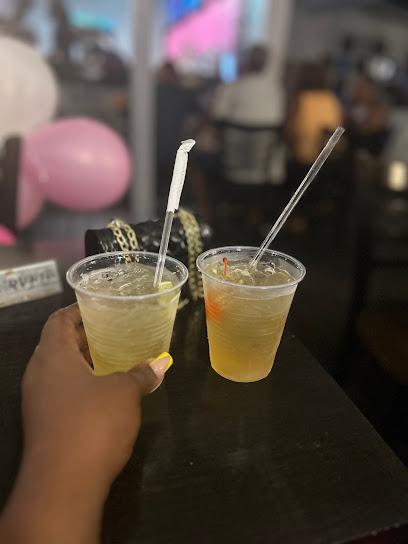
Distillerie La Mauny - Bottling plant - Campari Group
Discover the rich heritage of rum-making at Distillerie La Mauny in Martinique, where tradition meets taste in every sip.

The Minor Basilica of the Immaculate Conception (Cathedral)
Discover the architectural splendor and spiritual significance of the Minor Basilica of the Immaculate Conception in the heart of Castries, St. Lucia.
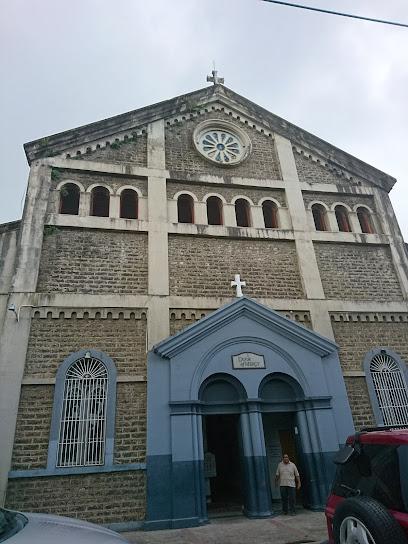
Rainforest Adventure
Explore the breathtaking landscapes and thrilling adventures at Rainforest Adventure in St. Lucia, where nature meets excitement.

St. Lucia Distillers Ltd
Experience the rich rum heritage of St. Lucia Distillers Ltd, offering tours and tastings that celebrate the island's unique spirit culture.
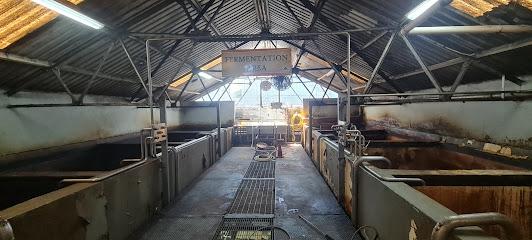
Fort Rodney
Experience the enchanting history and breathtaking views at Fort Rodney, a captivating landmark on Pigeon Island, St. Lucia.
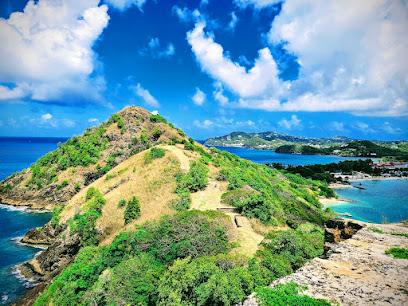
Essential places to dine
Spinnakers Beach Bar And Carvery
Experience Caribbean flavors at Spinnakers Beach Bar And Carvery in Gros Islet - where great food meets stunning ocean views.
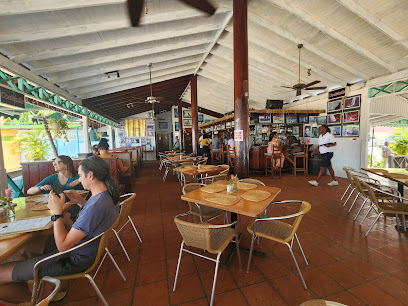
Big Chef Steakhouse
Experience culinary excellence at Big Chef Steakhouse in Rodney Bay—where delicious steaks meet stunning Caribbean views.
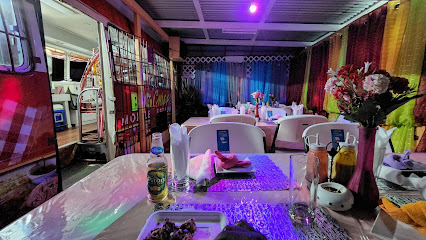
Matthew's Rooftop Restaurant
Experience stunning views and exquisite cuisine at Matthew's Rooftop Restaurant in Rodney Bay, St. Lucia - A true culinary gem.
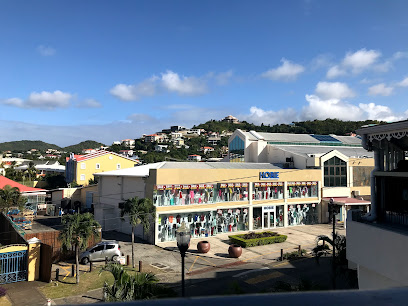
Naked Fisherman Restaurant
Discover exquisite seafood and stunning ocean views at Naked Fisherman Restaurant in beautiful St. Lucia.

Golden Taste Restaurant
Experience authentic Caribbean cuisine at Golden Taste Restaurant in Gros Islet - a culinary haven for every traveler.
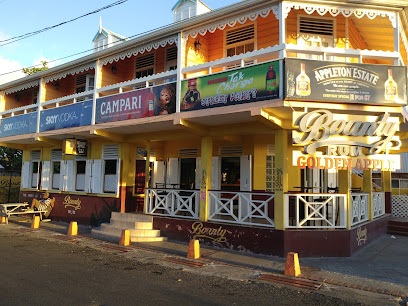
Rituals Sushi
Savor authentic Japanese flavors at Rituals Sushi in Gros Islet, St. Lucia - where fresh ingredients meet culinary artistry.
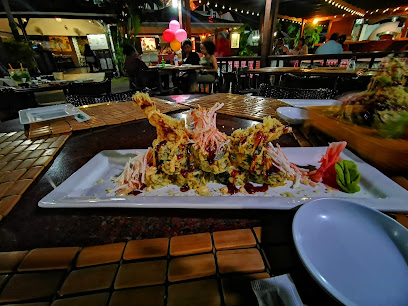
Wingz-N-Tingz
Experience authentic Caribbean cuisine at Wingz-N-Tingz in Gros Islet - home to mouthwatering wings and delightful local dishes.
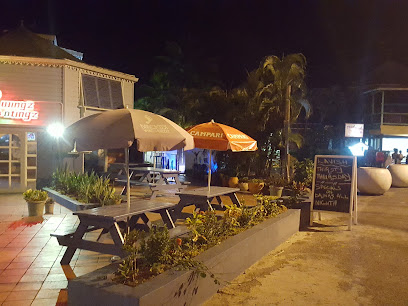
Jacques Waterfront Dining
Experience exquisite modern French cuisine with breathtaking views at Jacques Waterfront Dining in Rodney Bay, St. Lucia.
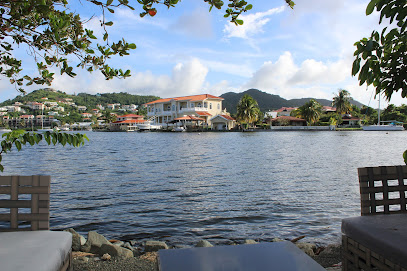
Royal Palm Bar & Grill
Experience authentic Caribbean cuisine with stunning views at Royal Palm Bar & Grill in Gros Islet.
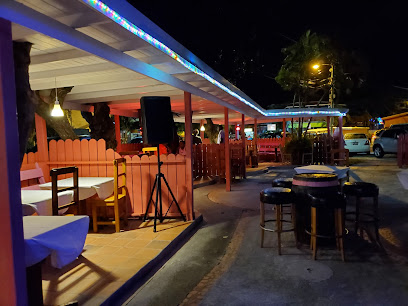
Elena's Italian Restaurant, Café, Gelato & Pizzeria
Experience authentic Italian cuisine with stunning marina views at Elena's Restaurant in St. Lucia—where every meal feels like a vacation.
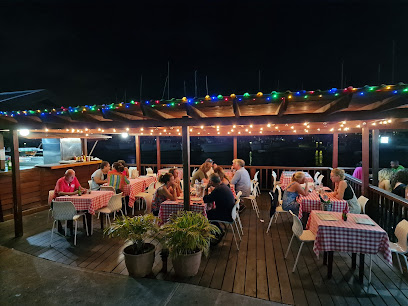
Amici’s Restaurant
Experience authentic Italian flavors at Amici’s Restaurant in Rodney Bay - where fresh pasta meets Caribbean charm.

Chef Robby’s
Experience authentic Caribbean flavors at Chef Robby's in Gros Islet - where every dish tells a story.
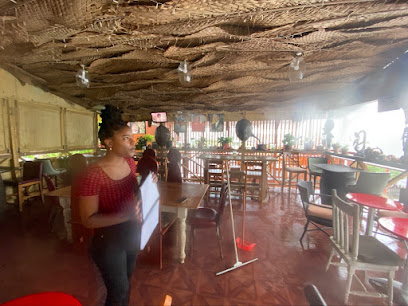
Buzz Restaurant
Experience the vibrant flavors of St. Lucia at Buzz Restaurant, where culinary excellence meets Caribbean hospitality in Rodney Bay.
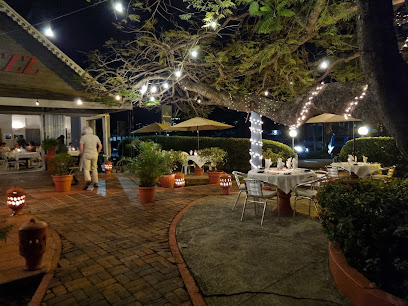
The Cliff at Cap
Discover culinary excellence with breathtaking views at The Cliff at Cap in St. Lucia – where every meal becomes a memorable experience.
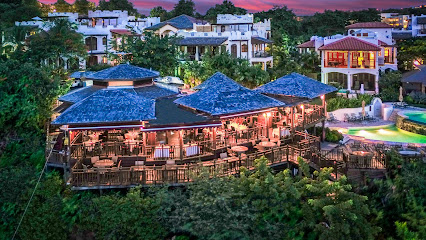
La Mesa
Discover the vibrant flavors and stunning views at La Mesa, a premier restaurant in Gros Islet, St. Lucia.
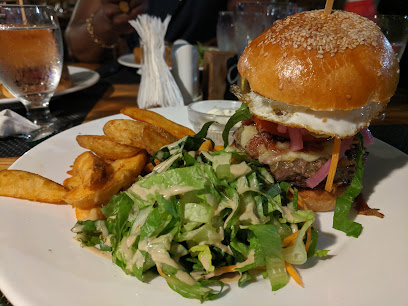
Markets, malls and hidden boutiques
Baywalk Shopping Mall
Explore Baywalk Shopping Mall in St. Lucia for a delightful mix of shopping, dining, and entertainment in a vibrant Caribbean setting.
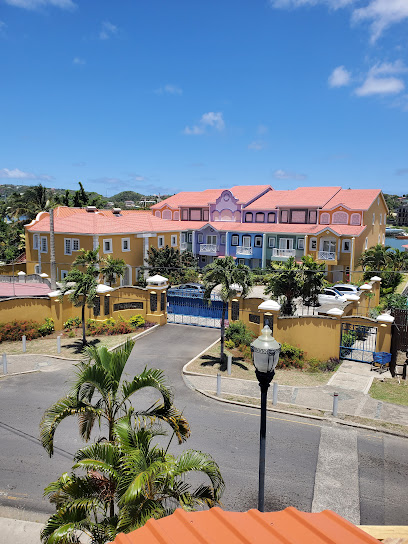
Massy Stores
Discover local flavors and essentials at Massy Stores in Gros Islet, St. Lucia's vibrant supermarket and grocery destination.

Gablewoods Shopping Mall
Explore Gablewoods Shopping Mall in St. Lucia for a delightful shopping experience with a variety of brands, dining options, and family-friendly activities.

Massy Stores (Rodney Heights)
Discover a world of flavors at Massy Stores in Rodney Bay, St. Lucia – your ultimate supermarket experience for local and international products.
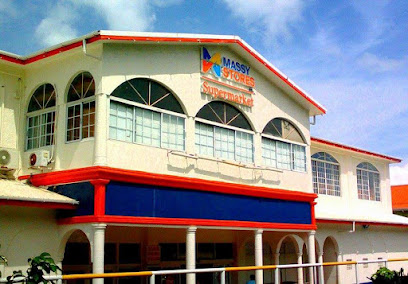
JQ Rodney Bay Mall
Explore JQ Rodney Bay Mall in St. Lucia for an unforgettable shopping experience, diverse dining options, and entertainment in a vibrant atmosphere.
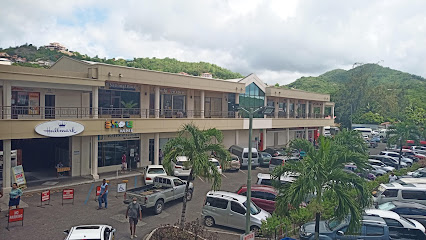
Massy Gourmet
Explore a world of flavors at Massy Gourmet in Rodney Bay, St. Lucia, your gateway to local and international culinary delights.

Mr.Sweet
Indulge in heavenly ice cream delights at Mr. Sweet in Gros Islet, St. Lucia - where flavor meets paradise!
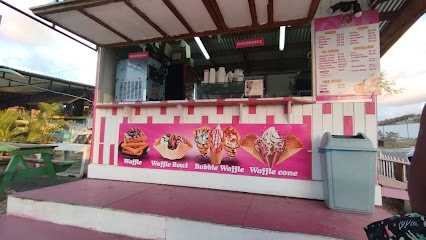
Island Mix
Explore the artistic treasures and culinary delights of Island Mix, your perfect stop in Rodney Bay, St. Lucia.
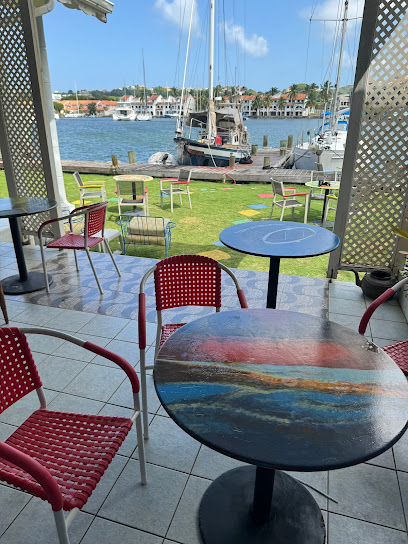
Excellent Stores
Discover great deals and a wide variety of products at Excellent Stores in Gros Islet, your go-to department store in St. Lucia.
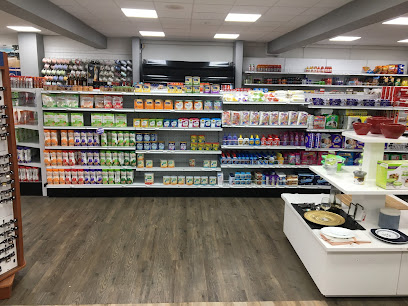
S & S Bois D'Orange
Explore S & S Bois D'Orange, the vibrant shopping mall in Gros Islet, St. Lucia, where local culture meets retail therapy.
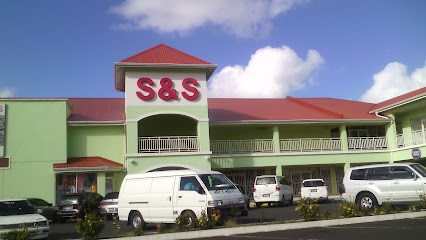
Karlione Court
Explore Karlione Court in Rodney Bay for an unforgettable shopping experience filled with local charm and international flair.
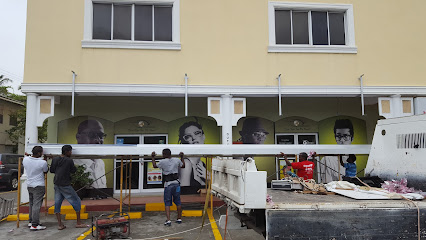
Red Dot Supermarket
Explore local produce, snacks, and St. Lucian flavors at Red Dot Supermarket in Gros Islet – a must-visit for every tourist.
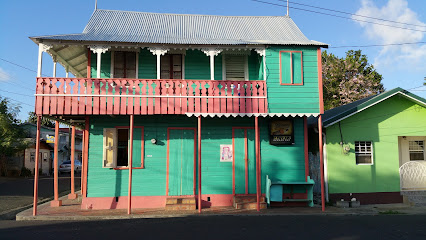
Franzette's Boxx- Customized Gifts in St. Lucia
Discover personalized treasures at Franzette's Boxx, your go-to gift shop in St. Lucia for customized gifts and local charm.

J D D Mini Mart
Explore J D D Mini Mart in Gros Islet, a local supermarket offering a wide range of products and delightful St. Lucian treats for tourists.
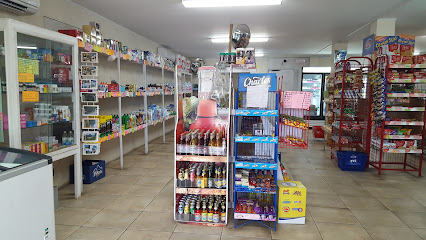
Sea Island Cotton Shop
Experience the unique blend of culture and craftsmanship at Sea Island Cotton Shop, Rodney Bay's premier duty-free destination for cotton goods.

Essential bars & hidden hideouts
Spinnakers Beach Bar And Carvery
Discover the flavors of the Caribbean at Spinnakers Beach Bar And Carvery, a vibrant restaurant offering delicious dishes and breathtaking ocean views.
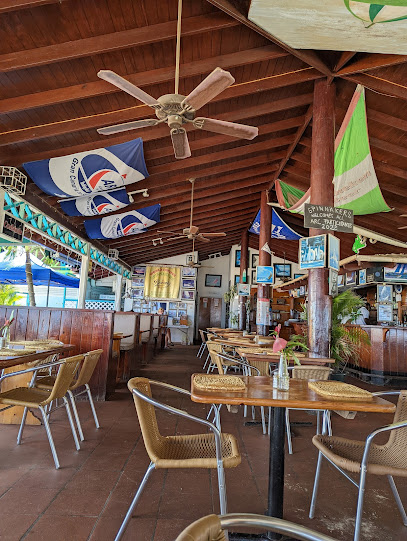
Irie Bar
Experience the lively spirit of the Caribbean at Irie Bar in Gros Islet – a perfect blend of refreshing drinks, local music, and stunning views.
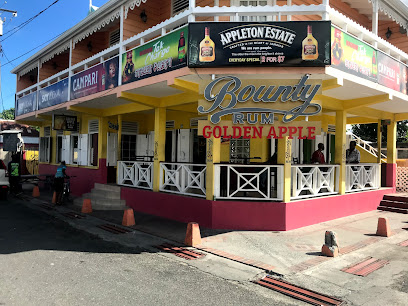
Castro's Pub
Discover the lively atmosphere of Castro's Pub, a hotspot in Gros Islet known for its refreshing drinks, live music, and vibrant local culture.

The Village Gate
Experience the vibrant nightlife of Gros Islet at The Village Gate, where local culture meets refreshing drinks and lively entertainment.
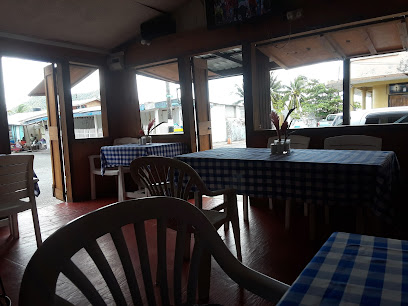
On The Rocks
Discover the vibrant nightlife at On The Rocks, a lively bar in Gros Islet, St. Lucia, offering stunning ocean views and tropical delights.
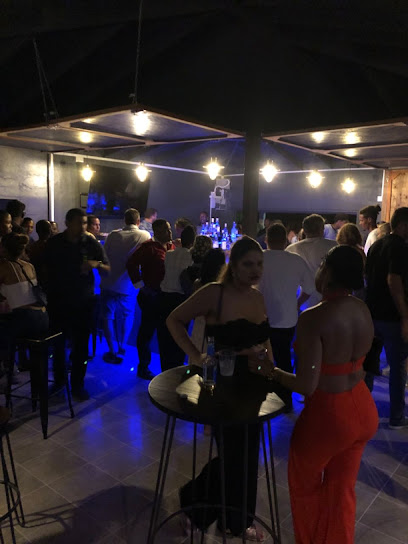
Caribbean Blend Restaurant and Cocktail Bar
Experience the vibrant flavors of St. Lucia at Caribbean Blend Restaurant and Cocktail Bar, your destination for exquisite cocktails and local cuisine.
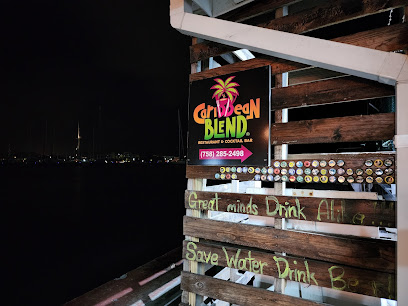
Humble Bee
Discover the vibrant flavors and cozy ambiance of Humble Bee, a charming bar and restaurant in Gros Islet, St. Lucia, perfect for tourists seeking relaxation.
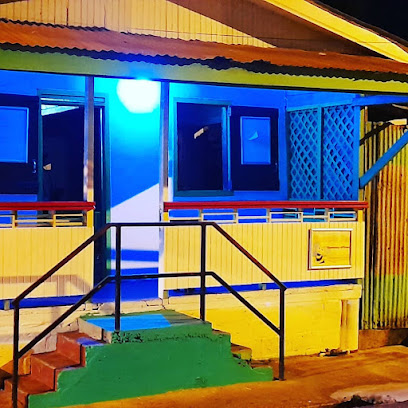
Theo's Wholesale Bar
Discover the lively spirit of St. Lucia at Theo's Wholesale Bar, where refreshing drinks and vibrant ambiance await you.

Sea View Bar
Experience the serene beauty of the Caribbean at Sea View Bar, where refreshing cocktails meet breathtaking ocean views in Gros Islet, St. Lucia.
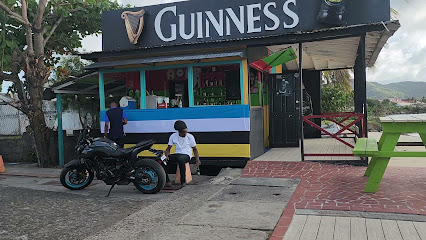
Knock It
Discover the vibrant ambiance of Knock It Bar in Gros Islet, St. Lucia - a perfect blend of local culture and refreshing drinks.
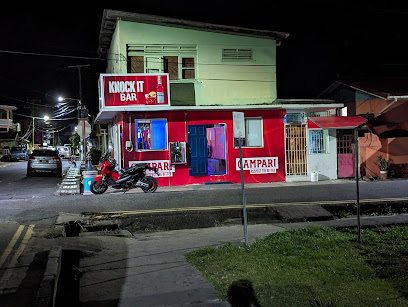
Nigel's Bar & Grill
Discover the vibrant flavors of St. Lucia at Nigel's Bar & Grill, a culinary hotspot in Gros Islet blending local and international cuisine.
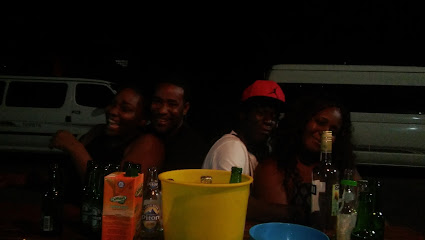
Cappi's Bar
Discover the vibrant flavors of St. Lucia at Cappi's Bar, where delicious grilled dishes meet a lively atmosphere.

Bar
Experience the vibrant bar scene in Gros Islet, where tropical drinks and lively atmosphere await you in St. Lucia's nightlife.
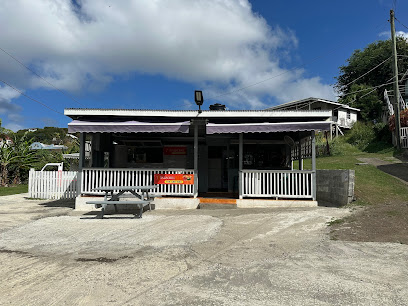
Amigo's Place
Discover the lively atmosphere and local flavors at Amigo's Place, a must-visit bar in Gros Islet, St. Lucia for an unforgettable experience.

Scotty's Bar
Scotty's Bar: Discover Caribbean nightlife with vibrant drinks and a lively atmosphere in Gros Islet, St. Lucia.
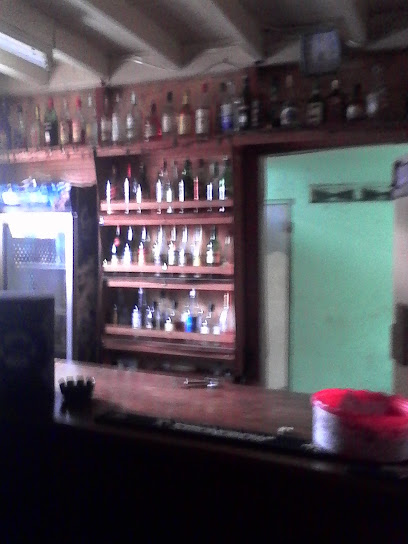
Local Phrases
-
- HelloBonjou
[bon-jou] - GoodbyeOrevwa
[oh-rev-wa] - YesWi
[wee] - NoNon
[non] - Please/You're welcomeTanpri
[tahn-pree] - Thank youMèsi
[may-see] - Excuse me/SorryEskize mwen
[es-kee-zay mwen] - How are you?Kouman ou ye?
[koo-mahn oo yeh] - Fine. And you?Byen. E ou?
[bee-yen. eh oo] - Do you speak English?Èske ou pale angle?
[es-keh oo pah-lay an-glay] - I don't understandMwen pa konprann
[mwen pah kon-pran]
- HelloBonjou
-
- I'd like to see the menu, pleaseMwen ta renmen we meni an, silvouple
[mwen tah ren-men weh meh-nee an, seel-voo-pluh] - I don't eat meatMwen pa manje vyann
[mwen pah manjeh vyan] - Cheers!Chayè!
[cha-yeh] - I would like to pay, pleaseMwen ta renmen peye, silvouple
[mwen tah ren-men pay-ye, seel-voo-pluh]
- I'd like to see the menu, pleaseMwen ta renmen we meni an, silvouple
-
- Help!Sekou!
[seh-koo] - Go away!Ale!
[ah-leh] - Call the Police!Rele lapolis!
[reh-leh la-poh-lees] - Call a doctor!Rele yon doktè!
[reh-leh yohn dohk-teh] - I'm lostMwen pedi
[mwen peh-dee] - I'm illMwen malad
[mwen mah-lad]
- Help!Sekou!
-
- I'd like to buy...Mwen ta renmen achte...
[mwen tah ren-men ash-teh] - I'm just lookingMwen jis gade
[mwen zjee gah-deh] - How much is it?Konbyen li ye?
[kohn-byen lee yeh] - That's too expensiveSa twò chè
[sah twah sheh] - Can you lower the price?Èske ou kapab ba pri a?
[es-keh oo kah-pah bah pree ah]
- I'd like to buy...Mwen ta renmen achte...
-
- What time is it?Ki lè li ye?
[kee leh lee yeh] - It's one o'clockLi one
[lee wuhn] - Half past (10)Demi (10)
[deh-mee (diz)] - MorningMaten
[ma-ten] - AfternoonApremidi
[ah-preh-mee-dee] - EveningAswè
[ah-sweh] - YesterdayYè
[yeh] - TodayJodi a
[joh-dee ah] - TomorrowDemen
[deh-men] - 1Yon
[yohn] - 2De
[deh] - 3Twaz
[twahz] - 4Kat
[kaht] - 5Senk
[sank] - 6Sis
[sees] - 7Set
[set] - 8Wit
[weet] - 9Nèf
[nef] - 10Dis
[dees]
- What time is it?Ki lè li ye?
-
- Where's a/the...?Ki kote...?
[kee koh-teh] - What's the address?Kisa adres la ye?
[kee-sah ah-dres lah yeh] - Can you show me (on the map)?Èske ou kapab montre mwen (sou kat)?
[es-keh oo kah-pah mohn-tray mwen (soo kaht)] - When's the next (bus)?Ki lè pwochen (bis la)?
[kee leh pwo-shen (bees lah)] - A ticket (to ....)Yon tikè (pou ....)
[yohn tee-keh (poo)]
- Where's a/the...?Ki kote...?
History of Gros Islet
-
Before European contact, the area now known as Gros Islet was inhabited by the indigenous Arawak and later the Carib people. These indigenous inhabitants lived in harmony with nature, practicing fishing, hunting, and agriculture. Evidence of their presence can be found in various archaeological sites, including petroglyphs and pottery shards.
-
In the early 18th century, French settlers began to colonize Saint Lucia, and Gros Islet was one of the areas they developed. The French influence is deeply embedded in the town’s culture, architecture, and language. The establishment of Catholic churches and the introduction of sugar plantations were significant during this period.
-
Throughout the 18th century, Saint Lucia was a battleground between the British and the French, changing hands numerous times. Gros Islet experienced this tumultuous period firsthand, with battles such as the Battle of the Saintes in 1782 leaving a lasting impact on the community. The town's strategic location made it a vital point of contention.
-
The abolition of slavery in 1834 was a pivotal moment in Gros Islet’s history. The town’s economy, heavily reliant on slave labor for its sugar plantations, underwent significant changes. Freed slaves established their own communities and traditions, contributing to the rich cultural tapestry of the area. This period also saw the rise of fishing as a primary livelihood.
-
In the mid-20th century, Gros Islet began to transform into a hub for tourism. The natural beauty of its beaches, such as Reduit Beach, and the charm of its local culture attracted visitors from around the world. The town’s famous Friday Night Street Party, also known as 'Jump-Up,' became an iconic cultural event, showcasing local music, dance, and cuisine.
-
Today, Gros Islet is a vibrant blend of old and new. While modern developments, such as the Rodney Bay Marina, have brought economic growth and infrastructure improvements, there is a concerted effort to preserve the town's historical and cultural heritage. Annual events like the Saint Lucia Jazz Festival and local traditions continue to keep Gros Islet's rich history alive.
Gros Islet Essentials
-
Gros Islet is located in the northern part of Saint Lucia. The nearest international airport is Hewanorra International Airport (UVF) in Vieux Fort, which is approximately a 1.5-hour drive away. Alternatively, George F. L. Charles Airport (SLU) in Castries is closer, roughly a 20-minute drive. From either airport, you can take a taxi, which is the most convenient option. Some hotels also offer shuttle services. Public buses are another option but may require multiple transfers.
-
Once you are in Gros Islet, getting around is relatively easy. Taxis are readily available and can be hailed from the street or booked through your hotel. Public minibuses (known locally as 'tap-taps') are a more budget-friendly option and connect Gros Islet with other major towns like Castries and Rodney Bay. Car rentals are available and offer the flexibility to explore at your own pace. However, driving is on the left side of the road, so be cautious if you're not used to it.
-
The official currency in Saint Lucia is the Eastern Caribbean Dollar (XCD), but US Dollars are widely accepted. Major credit cards are accepted in hotels, restaurants, and larger shops. It's advisable to carry some cash for smaller establishments and markets. ATMs are widely available, particularly in tourist areas like Rodney Bay and the town center.
-
Gros Islet is generally safe for tourists, but it's important to take standard precautions. Avoid walking alone at night, especially in poorly lit areas. Petty crimes like pickpocketing can occur, so keep an eye on your belongings. Be cautious in areas like Castries Market, where tourists may be targeted. Additionally, avoid secluded beaches after dark.
-
In case of emergency, dial 911 for immediate assistance. Gros Islet has a local police station and medical facilities. For minor health issues, there are pharmacies available where you can purchase over-the-counter medications. It's recommended to have travel insurance that covers medical emergencies. The nearest hospital is Victoria Hospital in Castries, roughly a 20-minute drive away.
-
Fashion: Do dress casually but respectably; beachwear should be confined to the beach. Religion: Do respect local customs and dress modestly when visiting religious sites. Public Transport: Do be respectful and considerate to fellow passengers. Don't eat or drink on public transport. Greetings: Do greet people with a friendly 'hello' or 'good morning/afternoon.' A handshake is also common. Eating & Drinking: Do try local dishes like fish cakes and roti. Don’t refuse food or drink if offered, as it can be considered impolite.
-
To experience Gros Islet like a local, visit the Friday Night Street Party, a weekly event that features local music, food, and dancing. Engage with locals; they are often friendly and willing to share stories about the area. Explore nearby Rodney Bay for its vibrant nightlife and dining options. Don’t miss visiting Pigeon Island National Park, which offers historical sites and stunning views. For a unique experience, rent a boat or take a guided tour to explore the surrounding waters and see the island from a different perspective.
Trending Landmark in Gros Islet
-
Sandals Grande St. Lucian
-
Royalton Saint Lucia, An Autograph Collection All-Inclusive Resort
-
Spinnakers Beach Bar And Carvery
-
Morne Coubaril Historical Adventure Park
-
The Minor Basilica of the Immaculate Conception (Cathedral)
-
Calabash Cove Resort & Spa
-
Fort Rodney
-
Anse Mamin Beach
-
Pigeon Island
-
St Joseph the Worker Catholic Church
-
Moule-à-Chique
-
Friday Night Street Party
-
Lucian Style Experiences
-
Unrulytoastquotesglobal/Tour Guide
-
Mamiku Gardens
Nearby Cities to Gros Islet
-
Things To Do in Rodney Bay
-
Things To Do in Dauphin
-
Things To Do in Castries
-
Things To Do in Marigot Bay
-
Things To Do in Anse la Raye
-
Things To Do in Praslin
-
Things To Do in Canaries
-
Things To Do in Soufrière
-
Things To Do in Malgretoute
-
Things To Do in Micoud
-
Things To Do in Choiseul
-
Things To Do in Laborie
-
Things To Do in Vieux Fort
-
Things To Do in Georgetown
-
Things To Do in Chateaubelair




